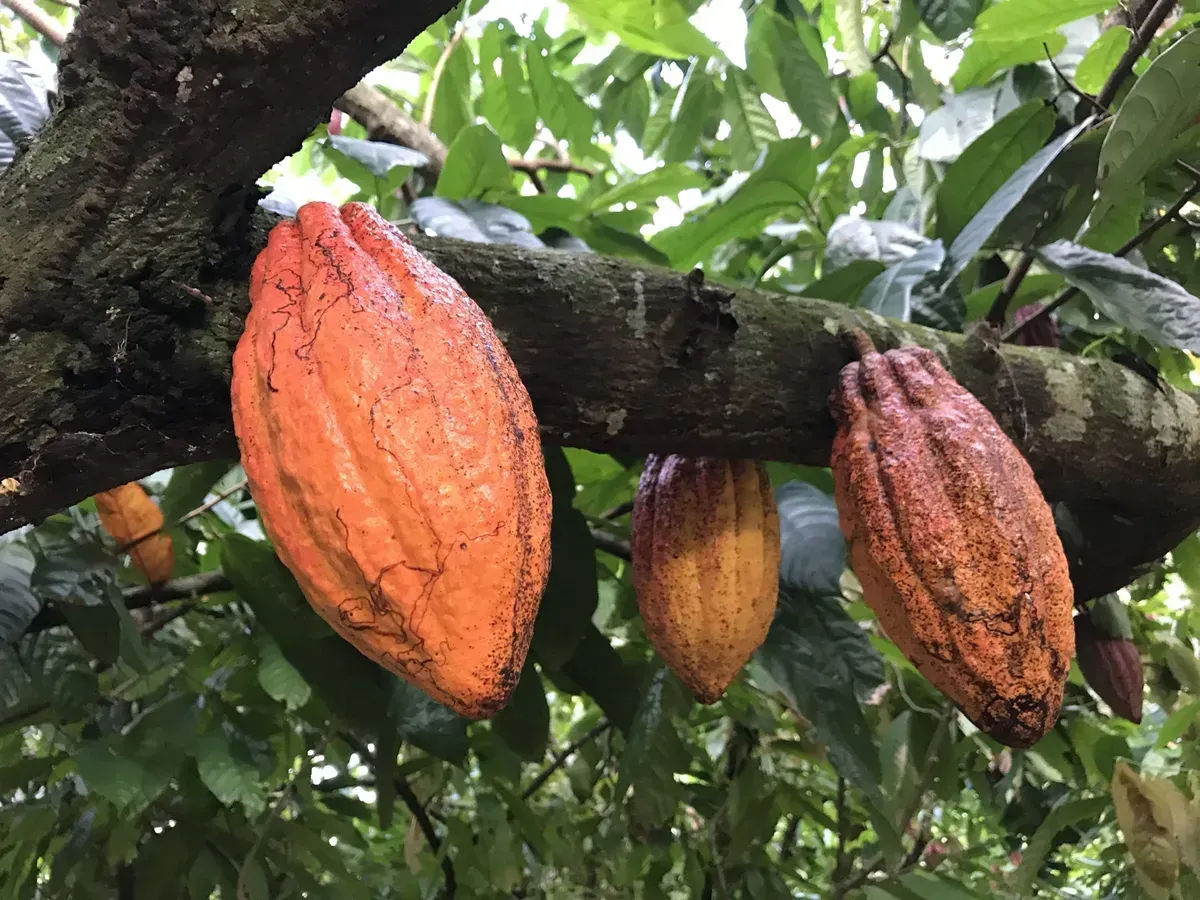The cocoa bean - a treasure of nature
The cocoa bean, core component of every high -quality chocolate, is a treasure trove of nature, and like every treasure, it is quite rare. The cocoa tree grows only in a narrow area around the equator, the so-called cocoa belt. The lion's share of the beans is exported to the world by the Ivory Coast and Ghana, another center of cocoa production is Central and South America.
The cocoa tree is often referred to as a diva of the rainforest because it needs special conditions for its threshold. As a typical undergrowth tree, it needs an evenly damp climate and shade -giving accompanying plants such as the banana. The fruits only grow on the trunk and on the branches themselves, the first harvest is possible from an age from 6 years. Finally, only five percent of the flowers also develop into fruits that are harvested by hand. The fact that the flowers and fruits develop on every tree all year round does not make the harvest easier, there is no “crop season”.
The species Criollo Edelkocao (South America) and Forastero Konsumkakao (Africa) and the hybrid form trinitario form the range of variety.
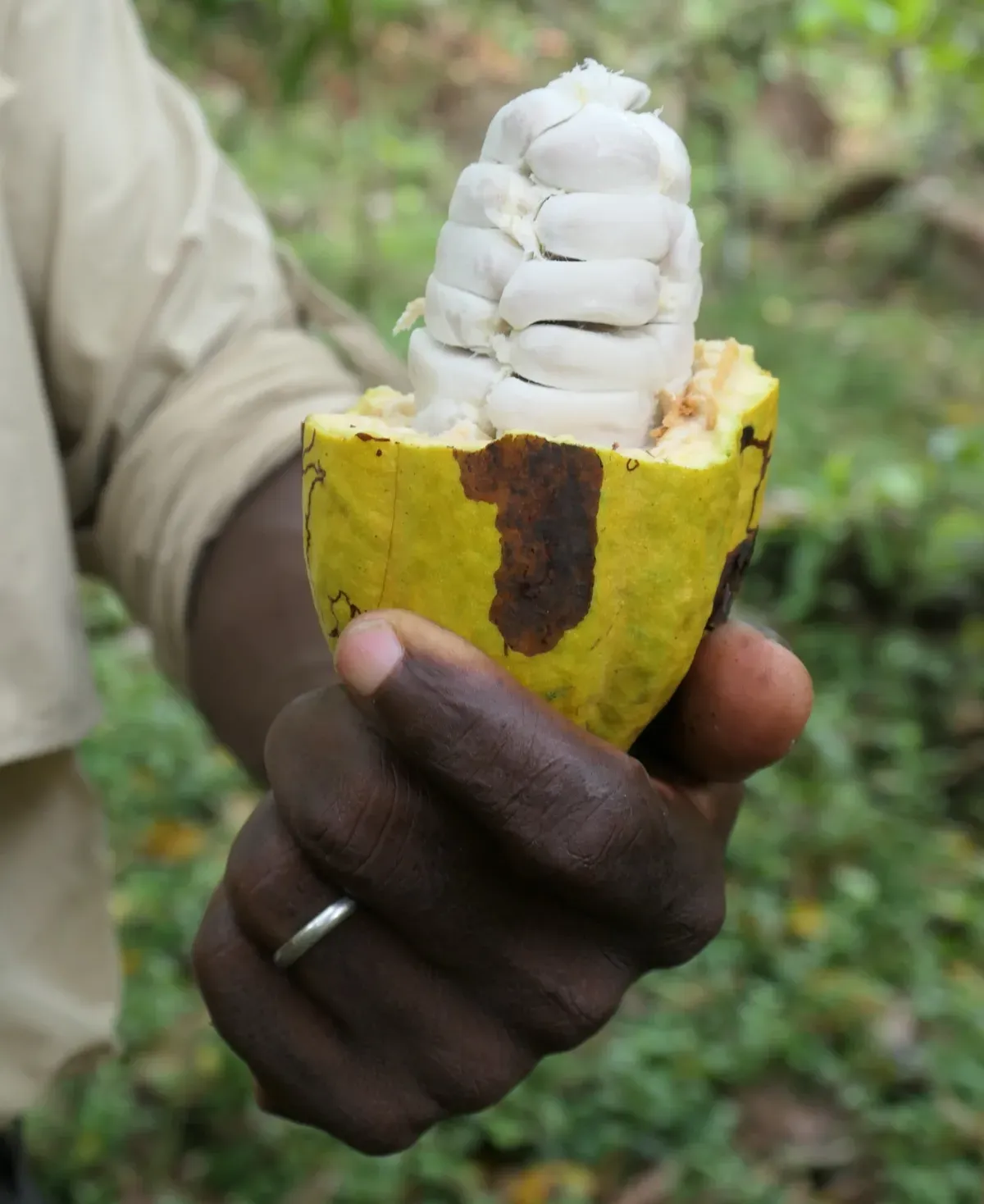
Consequences of industrial cultivation
The needs of the tree and the harvesting conditions suggest an extensive cultivation, but the great worldwide demand for chocolate exerts strong pressure on the producers - chocolate is on everyone's lips, so to speak. In this way, chocolate regularly takes first place in the consumption ranking of sweets. In numbers: 2022 the per capita average in Germany was almost nine kilograms. And the Germans only take fourth place in Europe (Statista 2024/Sandra Ahrens). The latest studies for Germany are now 9. 2 kg.
So is chocolate consumption a luxury, such as the chief patissier Ian Baker in the Munich Hotel four seasons Kempinski, in terms of high -quality chocolate (test dark chocolate, SZ from 3. 3. 2023)? In his opinion, a 100 gram table of good dark chocolate should cost between eight and twelve euros.
A target conflict of luxury goods versus general goods is thus emerging. On the offer page, an attempt is made to "industrialize" the cultivation of the cocoa bean. In order to make the cocoa bean "suitable for mass", the cocoa tree is planted and managed in a way that does not meet its needs. Monocultures on often unsuitable soils, a plantation that is much too dense without the essential accompanying plants as well as premature wreath and limitation of the growth levels bring only short -term success. And have the disadvantages that every monoculture brings with it: soil erosion, decline in biodiversity, susceptibility to parasites and fungal diseases, leaching out nutrients. In order to be able to plant the trees without accompanying plants, close together in rows and limbs, plants, for example, ensure that the trees in the cocoa pilantelation ensure meager shadows and hold "pests" to get to the tribes and the fruits. The downside: With the pests, the pollinators no longer come to the trees, reproduction must be carried out by humans, the plantings must be continuously expanded and renewed.
In addition, in the recent past, there are missing due to drought, heavy rain and increased temperatures as well as climate phenomena such as El Niño, which severely restricted the availability of the raw material and drove up the prices of the "black gold". Waldings and speculators contribute the rest.
For example, the ivory coast has lost more than 95 percent of its rainforest over the past three decades (source: see below), a large part of it was cleared for cocoa cultivation, another part for the - often illegally operated - search for gold or for export tropical wood. As a result, the regional or local climate is becoming increasingly drier, with dark prospects for the future - not just the cocoa growing.
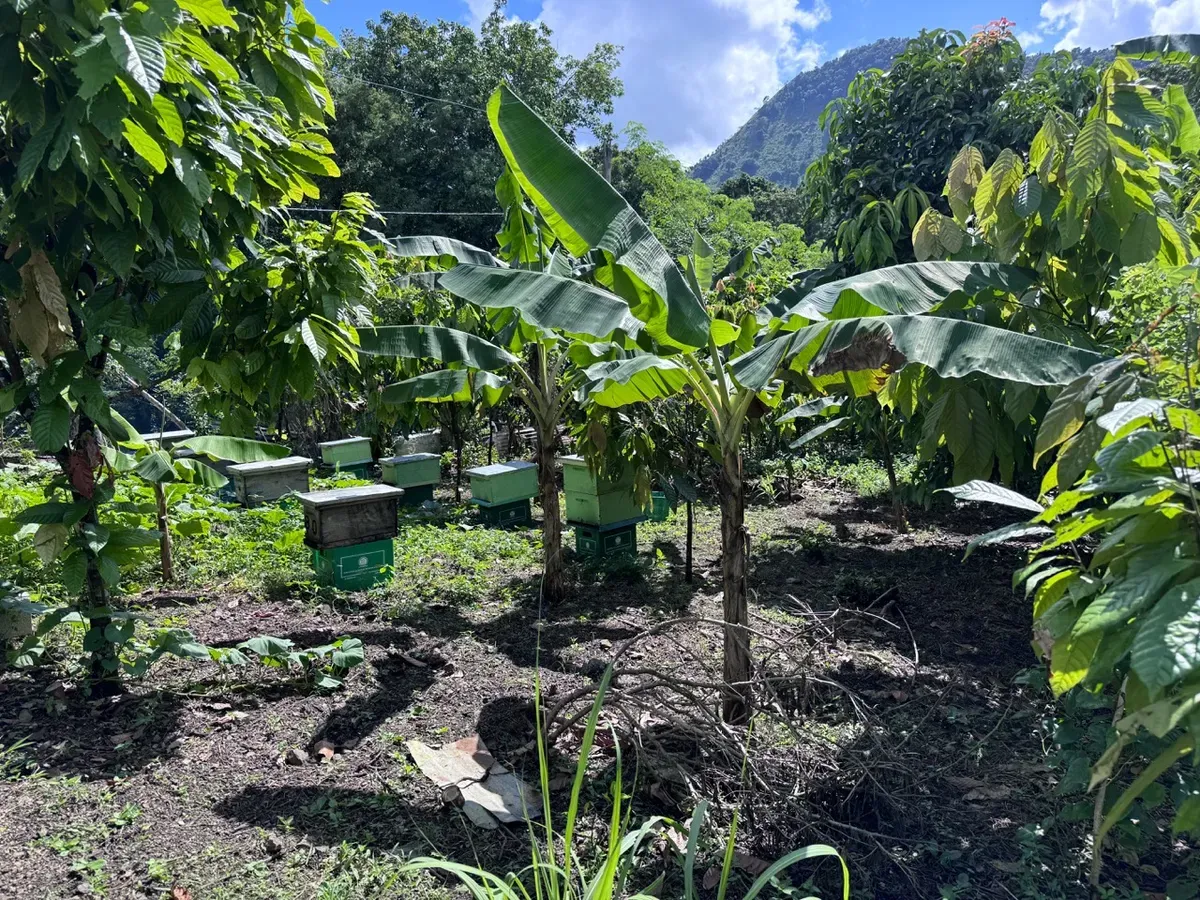
The location of the small -scale businesses also deteriorated. The industrial structures with only a handful of globally operating corporations and powerful supermarket chains leave them on the outside and press the delivery price for the beans. Around 5. 5 million small farmer companies redeem for the chocolate of a 100 gram board on average on average only eight Eurocent (source: see below).
Existential needs, child labor and poor training represent the social dark side of the cultivation and leave a bitter aftertaste for critical consumers, which has nothing to do with the bean itself. In the Ivory Coast and Ghana alone, around 1. 5 million children "" work "under unworthy conditions on the farms, often under compulsion as modern slaves (source: Federal Development Ministry BMZ). Even from the neighboring countries Mali and Burkina Faso, young, cheap workers are “imported” for work. These facts are well known and there is no lack of confessions to help them. But the truth looks different: Despite all the declarations of intent and self-commitments (Harkin-Engel protocol) to end or humanize child labor until 2005, it not only lives on twenty years later, but still worsens.
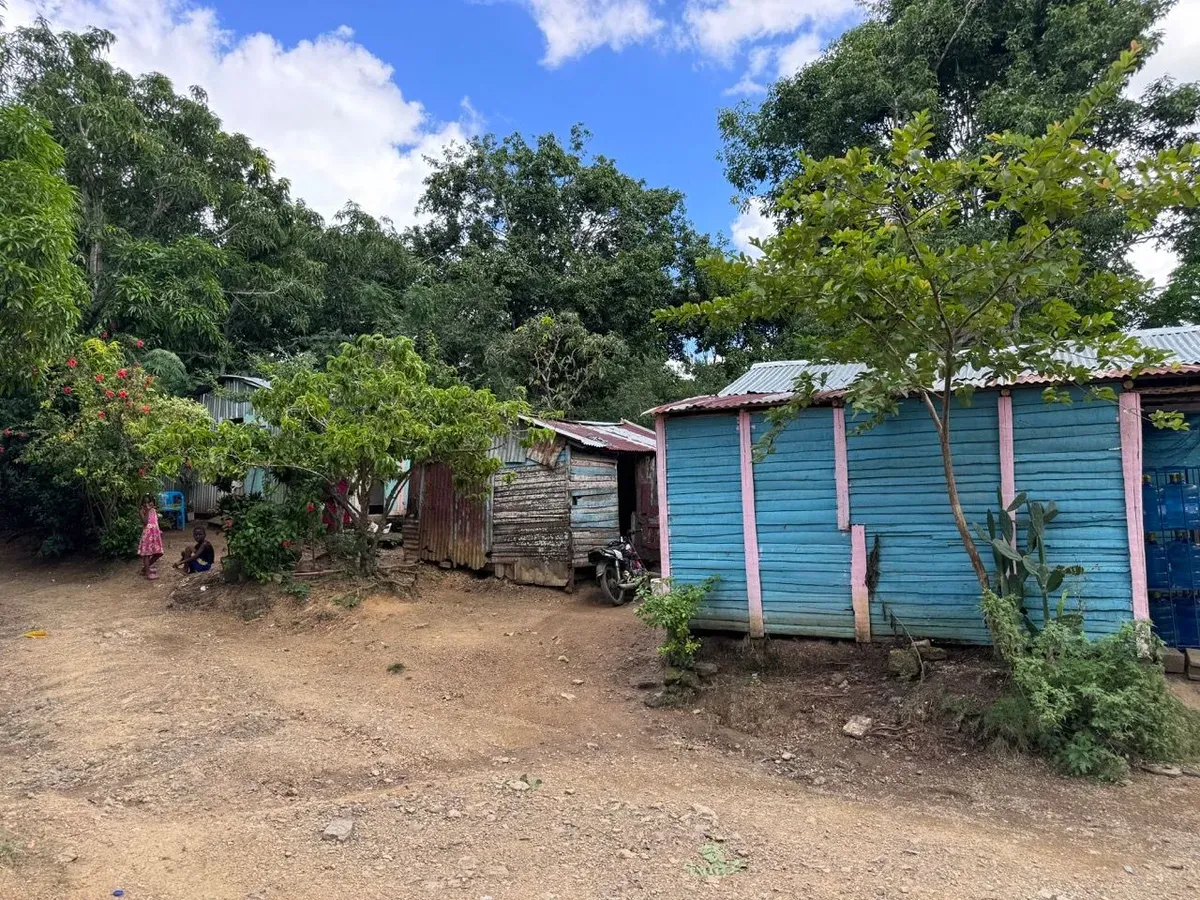
Perception of social responsibility through fair trade chocolate
Fair traded chocolate, which ensures a sustainable income to the farmers, avoids child exploitation and minimizes the environmental impact, is the alternative model. So that this can also be implemented, a lot of commitment from various actors are required. From government agencies that consistently implement existing environmental protection laws from the countries of the northern hemisphere that they have to support. From the industrial structures, the food corporations, the international large and intermediate dealers, the supermarket chains. Unfortunately, however, you are still quite at the beginning with regard to the implementation of the noble goals. Progress is fairly traded chocolate, here there are about half a dozen of certifying areas/organizations that are different in the granting of the seals as in the control. Poverty and child exploitation are visibly reduced by defined prices and guaranteed acceptance rates, but there is air upwards. Similarly, it is about the Fairchain seal, which is further and the entire supply chain, here, not only a larger proportion of the farmers, the further processing of the products also happens from the harvesting of the chocolates, which also means that the population means that the population is.
Another important component for a fairer production is the Agroforst economy, it forms the exact counter-model for monoculture, so to speak. By combining various plantings (plus animal husbandry) on an area on different "floors", biodiversity is strengthened, the soil is enriched with nutrients and the income basis of the companies/families is placed on a broader basis.
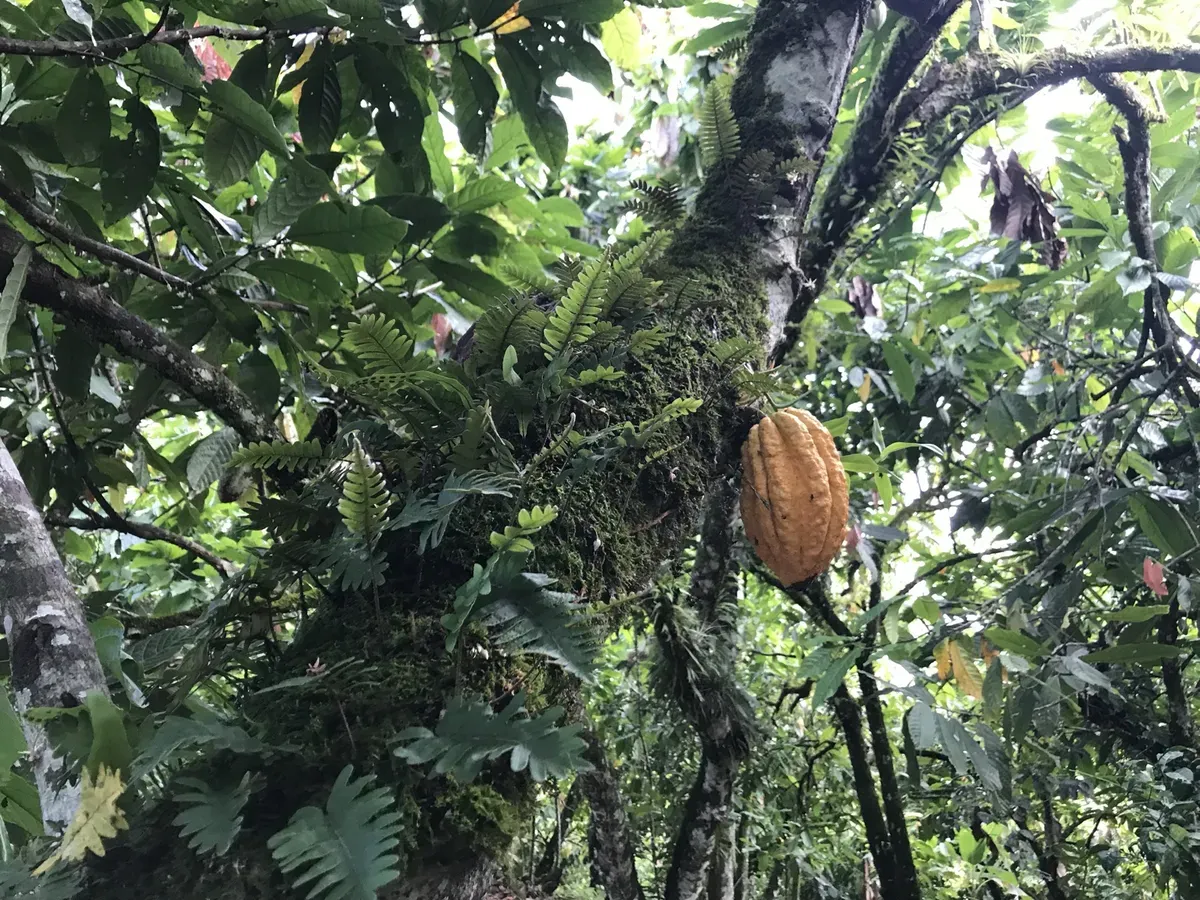
Small companies with a large role
They are the pioneer, organic chocolate producers, chocolate manufacturers, chocolates from organic specialists. They act at eye level with the cocoa farmers, guarantee good prices and fixed acceptance quantities, and are committed to promoting environmental protection and human rights in a variety of projects. On the part of consumers, these pioneers are committed to propagating the consumption of chocolate as a conscious enjoyment experience. The new way is not more and more of X-deliberately, but the considered decision at higher priced but high quality. This is more in the less that benefits the actual producers in particular. Here, the cooperation is particularly important, with certified, but also foundations, NGOs, consumer associations and government agencies.
Alexander Kuhlmann from Ecofinia GmbH explains how this works in detail, which, with the chocolate brand Vivani, represents one of the leading German Bioschocolate fire in this segment.
What criteria does Vivani put on its sources of supply and how is their compliance checked?
We only obtain raw materials that are 100 % sustainably certified. From safe sources - from people we know. Due to the close cooperation, we are close to it, people know the origin and can ensure that dark sides of the chocolate industry - such as exploitative child labor, financial exploitation of cocoa producers, overexploitation and environmentally harmful methods are excluded.We are working on expanding the direct connection and making the cocoa cultivation in the origins of our cocoa together with the local people. In the sense of a healthy environment and for better added value in the region, which means that we would also like to inspire future generations of regenerative cocoa cultivation. Our independent certifiers (EU-Bio/Fairtrade de/Demeter) also verify compliance with all guidelines.Your cocoa project in the Dominican Republic, what are the successes or highlights?
In order to achieve the above goals, we have launched several ecoland and social projects-initially in the Dominican Republic, the most important cultivation land of the Vivani cocoa. With the "Sustainable Organic Cocoa Project", we try to convince the participating farmers of the meaning of ecoland construction, provide workshops and valuable tips on the ecological management of the lands. Because: Where the plants are cared for, more fruits thrive at the end. The bottom line is a better income for the farmers. Another project is three cocoa folds on which cocoa is grown according to Demeter standards. This highly developed form of ecological agriculture is extremely profitable and pays into a healthy permaculture. A new project is "Farmer-to-Bar", with which we make the path of cocoa-and the people who have harvested it-make it visible to our customers. With QR code you can take detailed insights into the supply chain. Each scan also supports common good projects in the cocoa region.How does Vivani promote the value of his chocolates through an exclusive sales strategy?
Chocolate should generally be perceived as a high quality stimulant. A product with a complex manufacturing process made of raw materials that should be used carefully because they are finally. Unfortunately, the originally high quality image of chocolate through aggressive price struggles and sugaring in favor of a mass suitability for decades was destroyed by many a group. Today where cocoa is getting scarce and the chocolate prices rise we notice what you can do if you in a country of prosperity like Germany want to have everything cheaper. We don't go with Vivani this spiral. For us, the high quality and the sustainable responsibility of our products are generally the top priority. Passion that does not create suffering.We don't compromise there.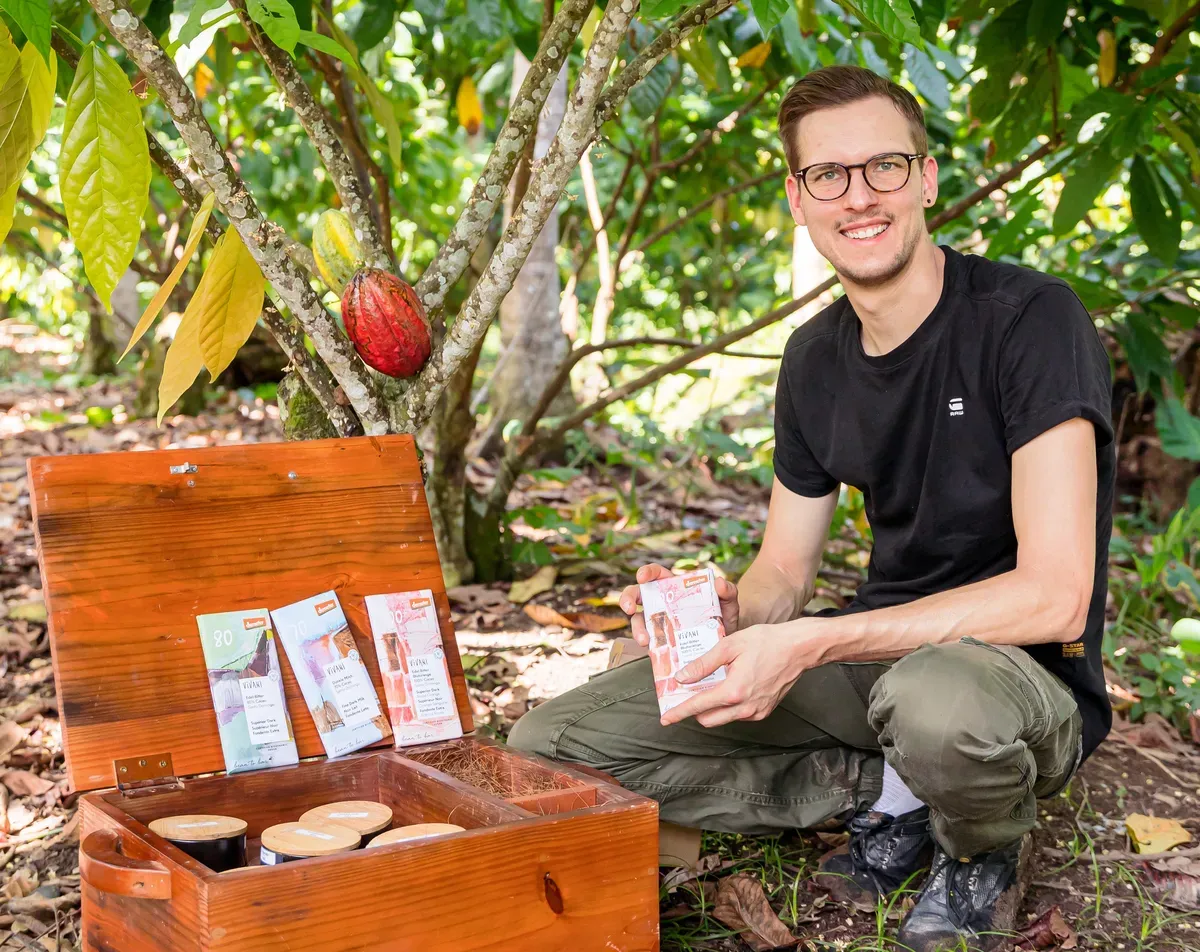
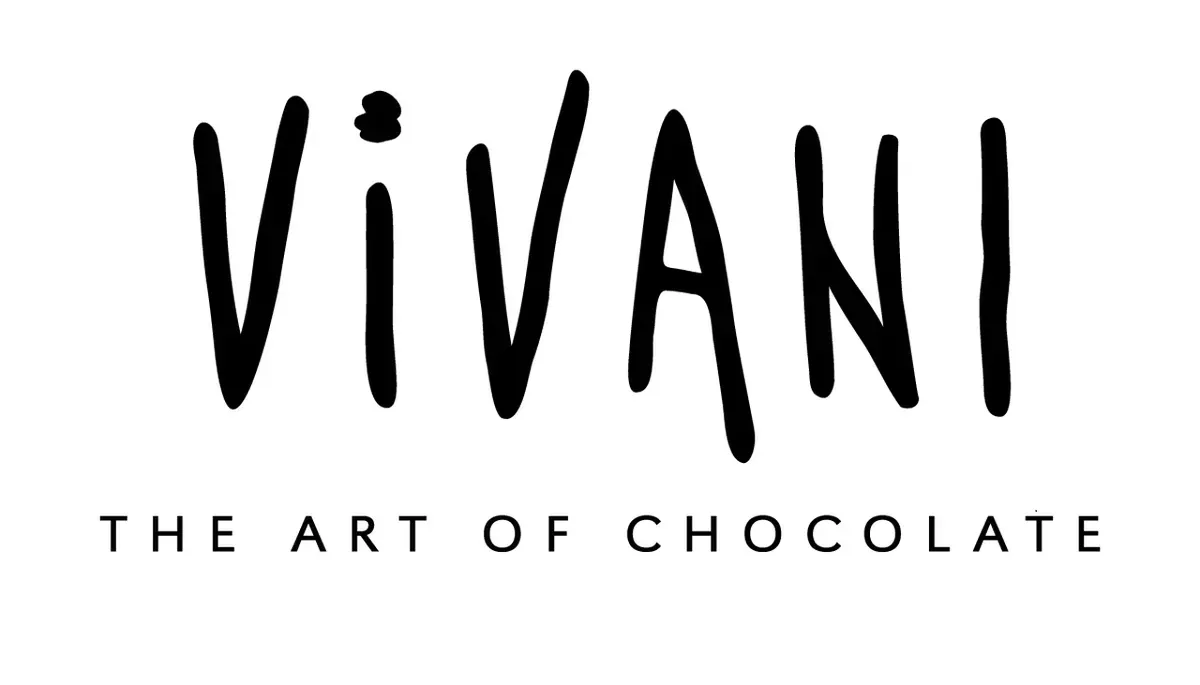
The example, and many more, such as the Agroforst cocoa cultivation of the organic farming and tourism organization HBD Príncipe on the West African island state of São Tomé and Príncipe, encourage that development is finally going in a really sustainable direction and has not yet driven out. Because a treasure must be treated carefully and the keepers of this treasure fair.
Those:https://makechocolatefair.org/probleme/niedrige-kakaopreise-und-einkommen-fuer-kakaobaeuerinnen
Those:https://makechocolatefair.org/probleme/entwaldung-im-kakaoanbau
Text: Werner's cotton
Photos:
Aufmacher: Ecofinia/Vivani
Image 1: Dr. Claudia Jörg-Brosche
Photos 2-5: Ecofinia/Vivani

